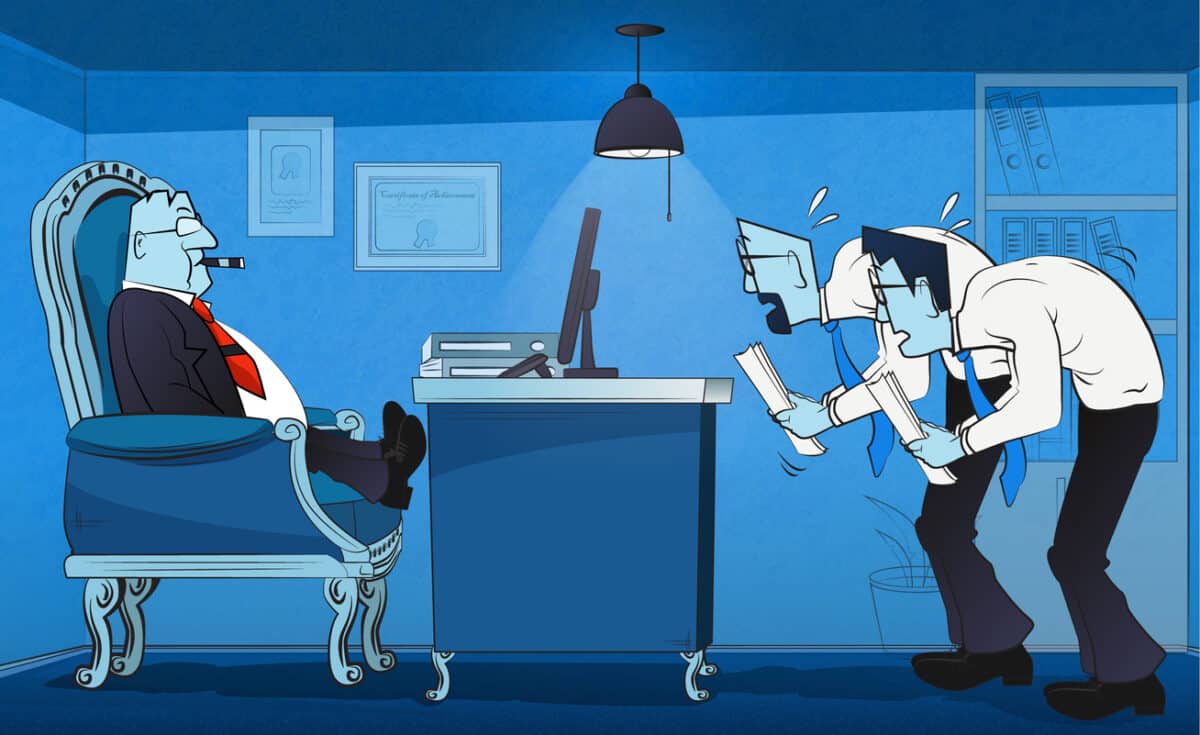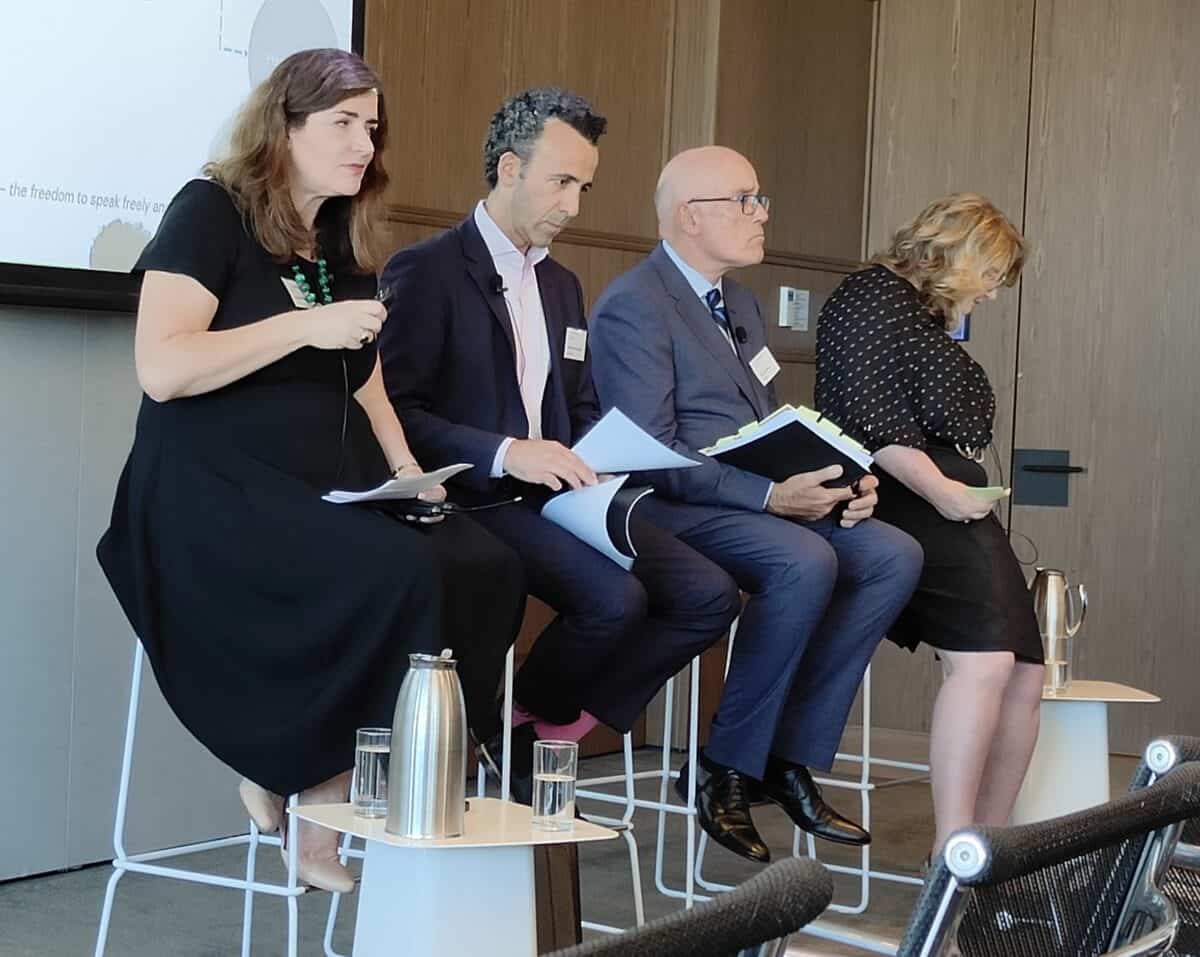On December 29 2023, The Guardian newspaper’s cover story was about doctors in the United Kingdom’s National Health Service experiencing high rates of “moral distress”. It is common for hospitals and health care services to consider themselves as workplaces with unique hazards rather than suffering similar occupational health and safety (OHS) challenges to all other workplaces. What makes the OHS challenge so significant in the NHS is the size of the challenge rather than its nature or cause.
Category: wellness
“made through the blood of the workers who never came home”
Last week, the Australian Parliament passed a tranche of industrial relations laws; laws that were, unsurprisingly, objected to by some business groups but included some occupational health and safety (OHS) contexts. Industrial Manslaughter was the obvious one, but pay equity and increased job certainty, if not security, for some industry sectors, has the potential to reduce job stress.
The individual remains at the heart of workplace mental health in mining
One of the most significant takeaways from the 23rd World Congress on Safety and Health at Work is Australia’s relative position of occupational health and safety (OHS) privilege. For instance, in the mining sector, Australian workers are rarely exposed to tuberculosis, HIV, silicosis and chemical exposure to the extent of similar workers in other countries. Instead, Australia has the comparative luxury of focusing on the psychosocial hazards associated with the fly-in, fly-out (FIFO) workforce.
Psychosocial laws may encourage political risks
In December, Australian law firm Maddocks launched its 2023 Year in Review. Two items were directly relevant to occupational health and safety (OHS) – Sexual Harassment and Psychosocial Safety – both addressed by Catherine Dunlop. The size of the challenge ahead on both these topics was shown by the Australian Financial Review on December 7, 2023:
“Fewer than half of directors are confident their companies will be able to adhere to new workplace sexual harassment standards when they come into force next week, with just one in five female directors saying their boards understand the requirements of the new regime.”
Outside of the Maddocks launch, there is also some speculation that Victoria’s proposed psychosocial regulations may never happen.
Calculate the cost of your overwork
Long working hours have been identified as a major contributor to poor workplace mental health. International benchmarks have been identified as tipping points for mental health. A local Australian initiative to highlight the risks associated with overwork is Go Home on Time Day, which The Australia Institute supports.
Fewer companies than when the day started in 2009 seem to be supporting and promoting the day in their wellbeing calendars. Perhaps because the day identifies the shameful fact that employers will not stop workers from working long hours “if the workers choose to” even though the evidence is that the practice is harmful.
Its working hours calculator is a major part of the Go Home on Time Day initiative.
Interview with ILO’s Manal Azzi
Last week, I was able to interview several speakers, sponsors and delegates at the 23rd World Congress on Safety and Health at Work, sometimes on behalf of the Congress and at other times privately. Some of these interviews were edited from forty-five minutes of content to ten. The interview with the Team Lead on Occupational Safety and Health at the International Labour Organization, Manal Azzi, available online, was once such. This SafetyAtWorkBlog article is the full, slightly edited, transcript of that interview.
Work From Home conflict between corporate desire and worker reality
The working-from-home (WFH) debate continues in business newspapers with tension about what the employer and worker want. The Australian Financial Review (AFR) has its regular voices from business groups saying that it is damaging productivity for workers to be away from the offices as much as they are, but also reporting the lived experience of working from home with workers identifying positive social and familial benefits.
On November 25, 2023, the newspaper confirmed that Amazon Australia is using career progression as a nudge for workers to come to the offices more frequently.






